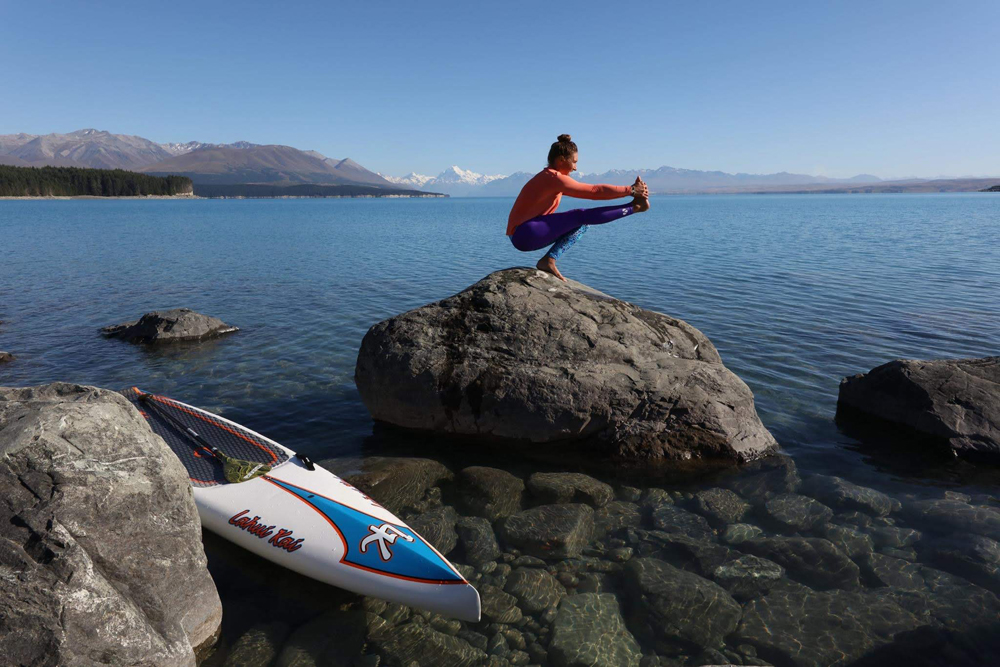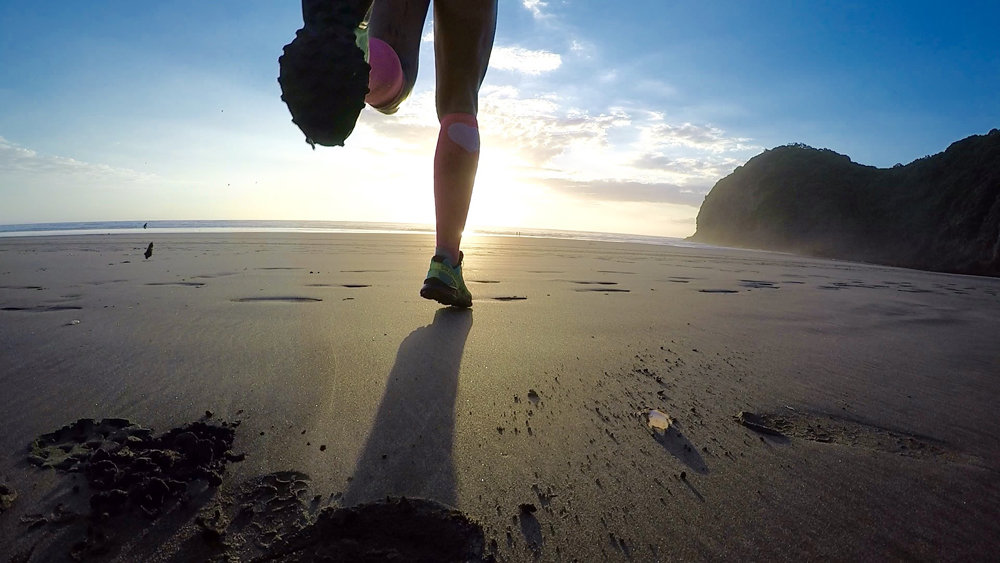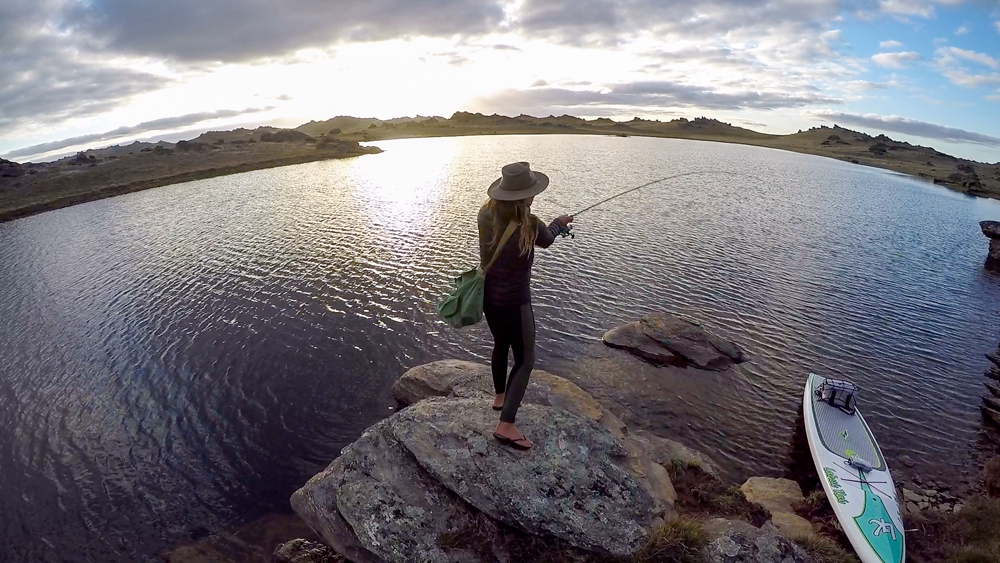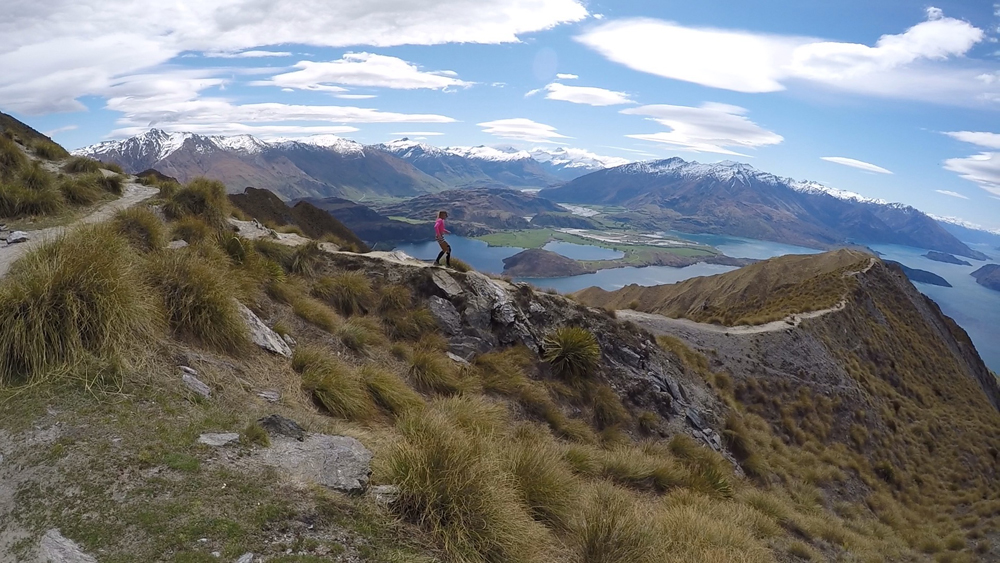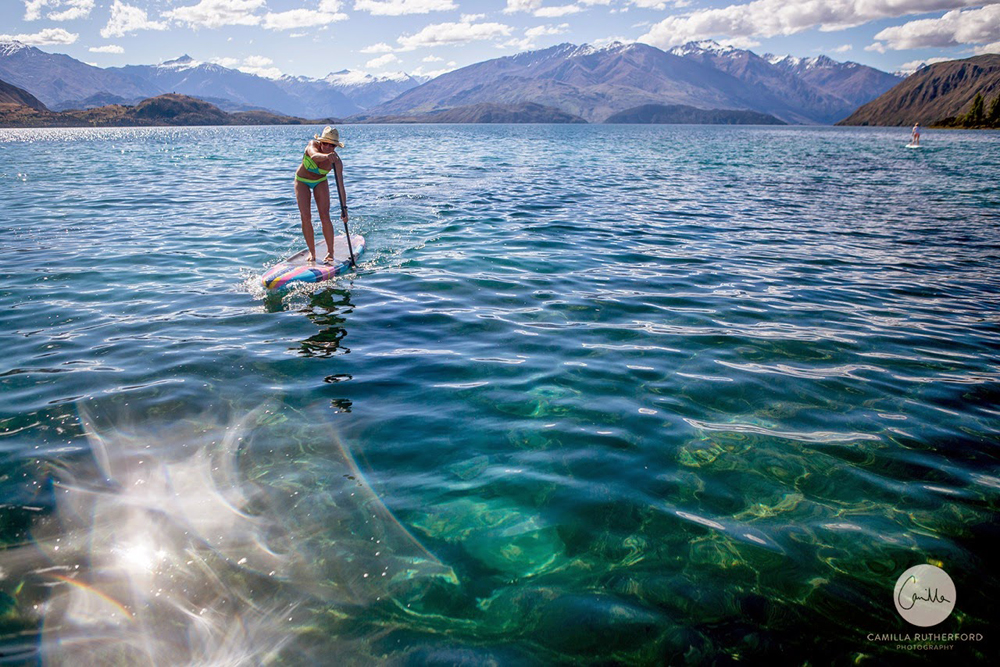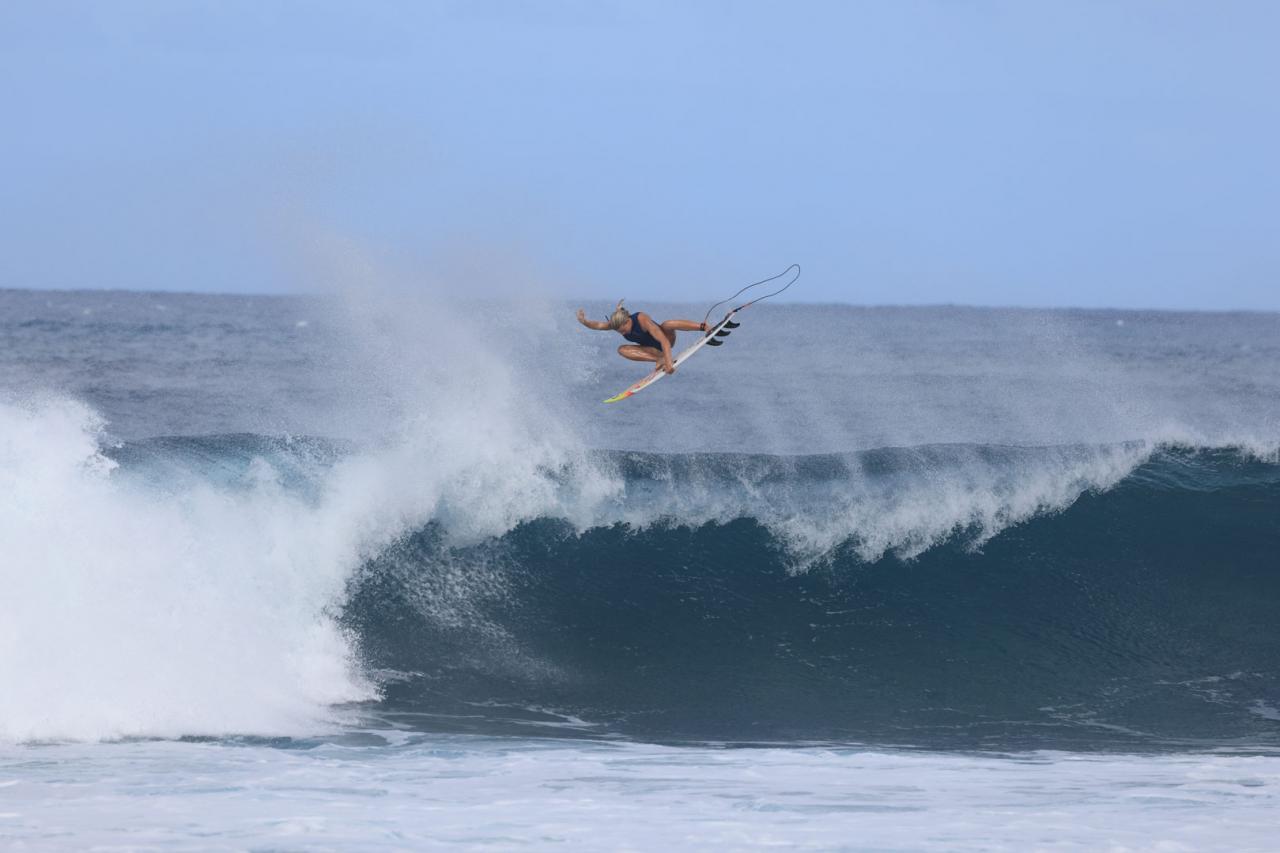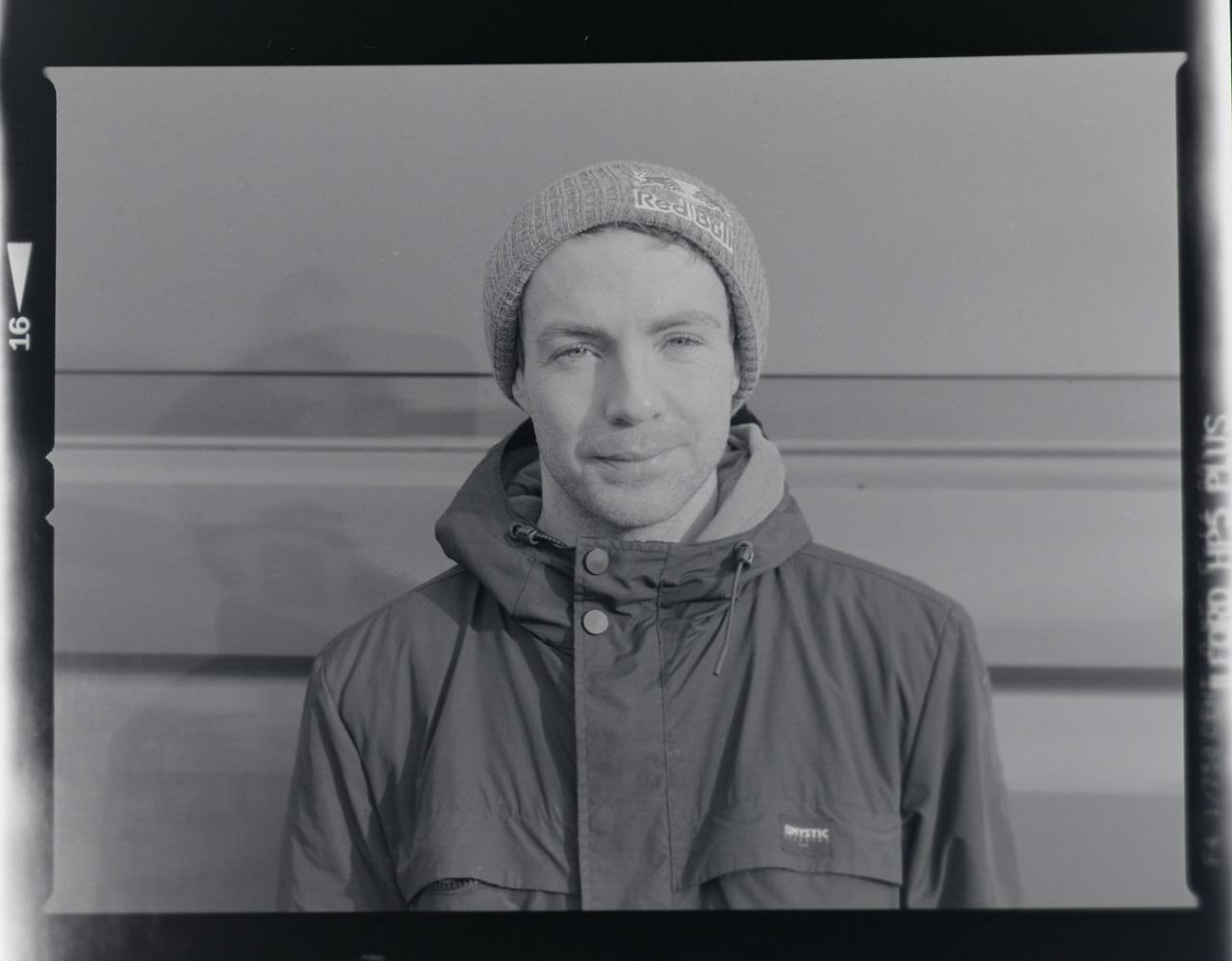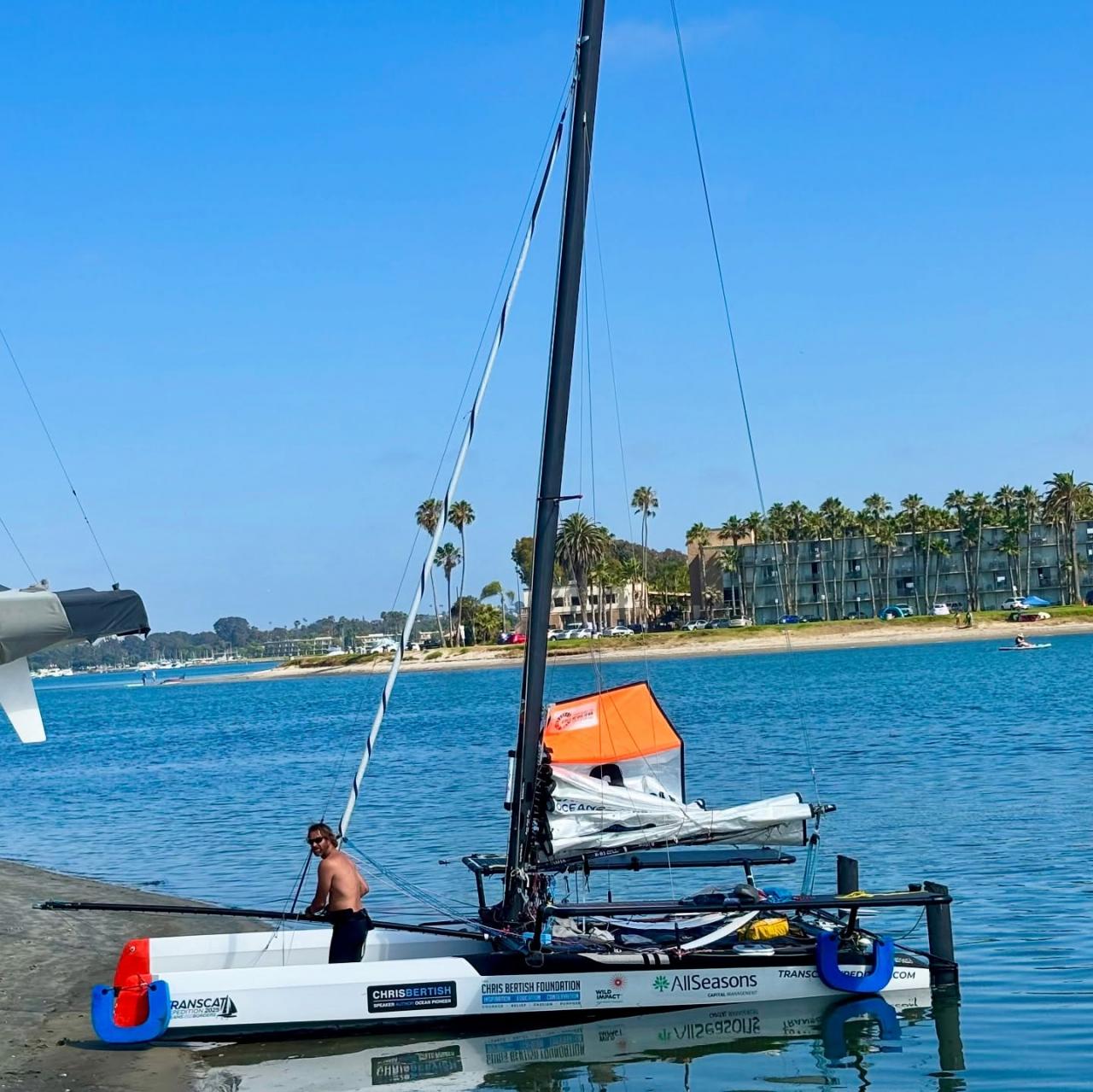If I told you that my teenage years spent ski racing would be one of the biggest contributing factors to my success as a stand up paddle athlete, I’m sure I would get many quizzical looks.
When I first started paddling in the UK back in 2010, I was doing it all wrong (according to some self-appointed expert paddlers there at the time). I continued to ‘do it wrong’, and likely still do, in the eyes of some of those early purists with their long paddles and a liking for trunk rotation.
Yep…. there was every excuse in the book as to what was propelling me forward faster than everyone else. No one clicked on the one thing I was doing that was so drastically different from others, yet it was an incredibly natural movement that I had been doing since age four.
They said it was the training I did. It was the equipment I was using, It was everything other than how I was actually moving my body.
In the eyes of the experts, I was paddling the wrong way. Yet, I still continued to win by increasingly large margins and I was frequently beating men. I was doing it so wrong that people started analyzing what I was doing in order to figure out why I was winning by such large margins. Frame-by-frame video footage was analyzed as they tried to determine what it was that was powering my paddle stroke.
What the armchair experts and sideline pundits didn’t do was give credence to the depth of my sporting background across multiple disciplines: athletics, triathlon, cycling, ski racing and sailing to reel off a few. While most SUP athletes had a background in outrigger paddling, surf life saving, swimming and surfing, I was a kid from the mountains who didn’t find the ocean until I was in my mid-twenties. Little did I know that it would be this early multidisciplinary approach as a developing athlete that would become the foundation of sustained sporting achievement in a new sport that had come screaming across the watersports world stage: stand up paddle racing!
In sports like gymnastics, swimming, golf, tennis and martial arts, if you don’t start soon after you can walk, you’re always going to be playing catch up. But this is not true of a multitude of other sports. A lot of research has emerged that supports a multidisciplinary approach to sport development, participation, and achievement at elite levels of competition.
For the vast majority of athletes, earlier is sometimes not better in the long term. One of the side effects of early specialization is that when athletes narrow their focus onto one sport too soon they risk burnout, injuries caused by overuse, and lessened motivation over time. This means they fall short of realizing their performance potential at the highest levels of a particular sport.
When SUP racing emerged as a competitive sport circa 2008, the pioneering athletes were mainly cross-over athletes from the complementary water sport disciplines of surfing, outrigger paddling and surf life saving. I was the landlubber of sorts.
When drilling deeper to find what my formative athletic development entailed, there were skills - aerobic development and movement patterns - that would play a major role in my future successes. Not to mention the skills that those sports taught me about how to prepare, train and compete.
When I look back on the sports in which I participated previously, I observe and pick up things that contributed to allowing me to realise my performance potential in what I like to refer to as ‘athletic career 2.0’. Skiing taught me the laws of physics in relation to biomechanics and power generation in order to propel myself forward. It requires an incredibly strong lower body to generate power and absorb force, which is also very critical in paddling. It also required huge amounts of dry-land based physical preparation and fine-tuning of equipment.
Athletics taught me how to hurt and how to rub elbows in close quarters, and to do drills every day. Racing bikes taught me that race strategy and tactics are king and that the fittest and fastest person doesn’t always win. Triathlon was the school of hard knocks, teaching me that input is directly related to output, and either you do the work or you can be rest assured that your competition will. Sailing taught me to read and ‘feel’ the movement of water and that the person who is most in tune with the environment most often comes out on top if all other things are equal.
This past Southern Hemisphere winter (thanks to COVID and being home, ) I returned to my roots and made my way back up a mountain. If there is one thing that a few years of ski racing in your teens teaches you, it’s how to break down and analyze highly technical movements. Like paddling, it's far from natural movement, and is highly reliant on biomechanics and a sequence of movement patterns that enables you to ski with fluidity and flow.
It all starts with your legs and how you are able to stand in a semi-squat position while executing dynamic movements for hours at a time. As I stood in my ski boots (high performance boots with custom molded liners), I made the discovery that compared to other people, my ability to flex my ankles was what allowed me to drive so much power from my legs. You see, my legs are exactly in the same position in ski boots as they are standing on a board paddling forwards. The slightest weighting of one foot makes my ski start to turn just like a board starts to turn when you steer it with the weighting and unweighting of one of your feet.
And possibly, the one thing that makes the biggest difference of all is the position of my eyes when reading terrain at speed. The simple change of shifting my gaze 15-30 degrees higher and looking ahead greatly enhances my ability to move harmoniously with steep and variable terrain. Just like with paddling, the position of your head and looking forward contributes significantly not only to your body position but also to your ability to read the water, catch a bump and anticipate ahead.
As a person who has always embraced variety over monotony, the more I have been forced to specialize in one sport, the more I have craved the chance to do other things and learn new skills. What I strongly encourage paddlers to do in these weird pandemic-times is to embrace a multi-discipline approach to training. It’s as much for mental stimulation as it is for the opportunity for technical improvement.
In the past few months I’ve learned more from skiing and learning to sail with a wing and a foil than I would ever have done had I simply just paddled. The stimulation of learning and mastering new movements keeps my mind in the game and my motivation levels high. It heightens my awareness of the little things that collectively make big differences, and it keeps me humble.
The crux of it is this: If we can move better, read our environments better, have better balance
and perception, better coordination and movement, we will likely have more enjoyment and success when we paddle, surf or go downwind.
Once we see embracing diversity of various sport disciplines as an opportunity and a gift, we just might have another Covid-induced opportunity staring us in the face that we may have overlooked otherwise.

